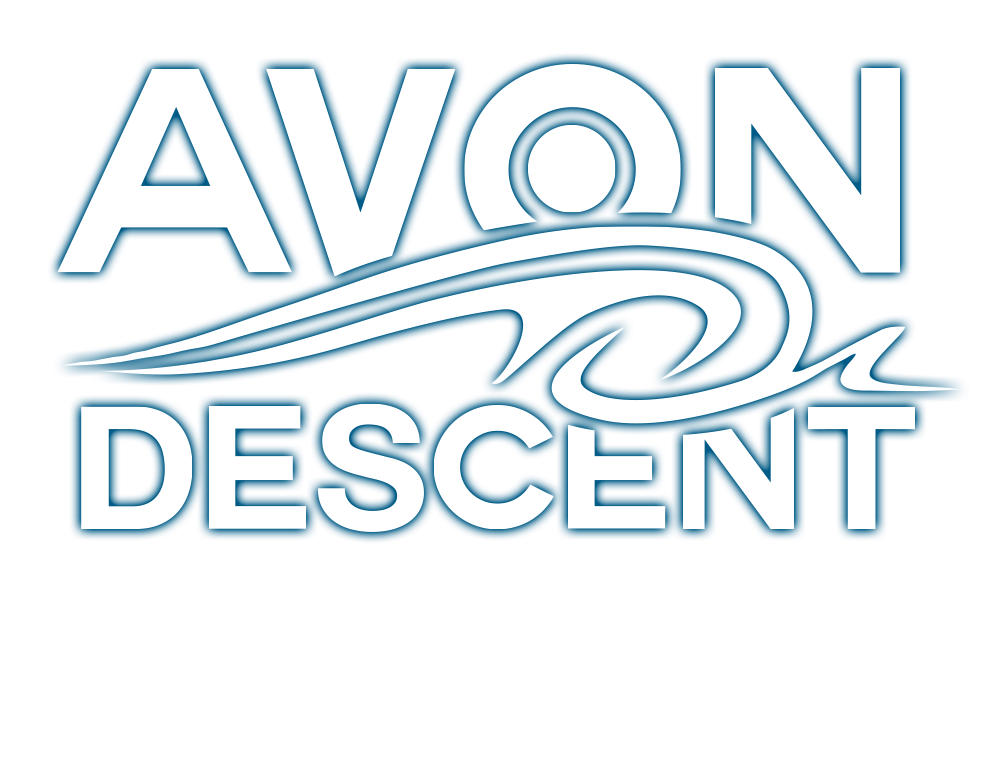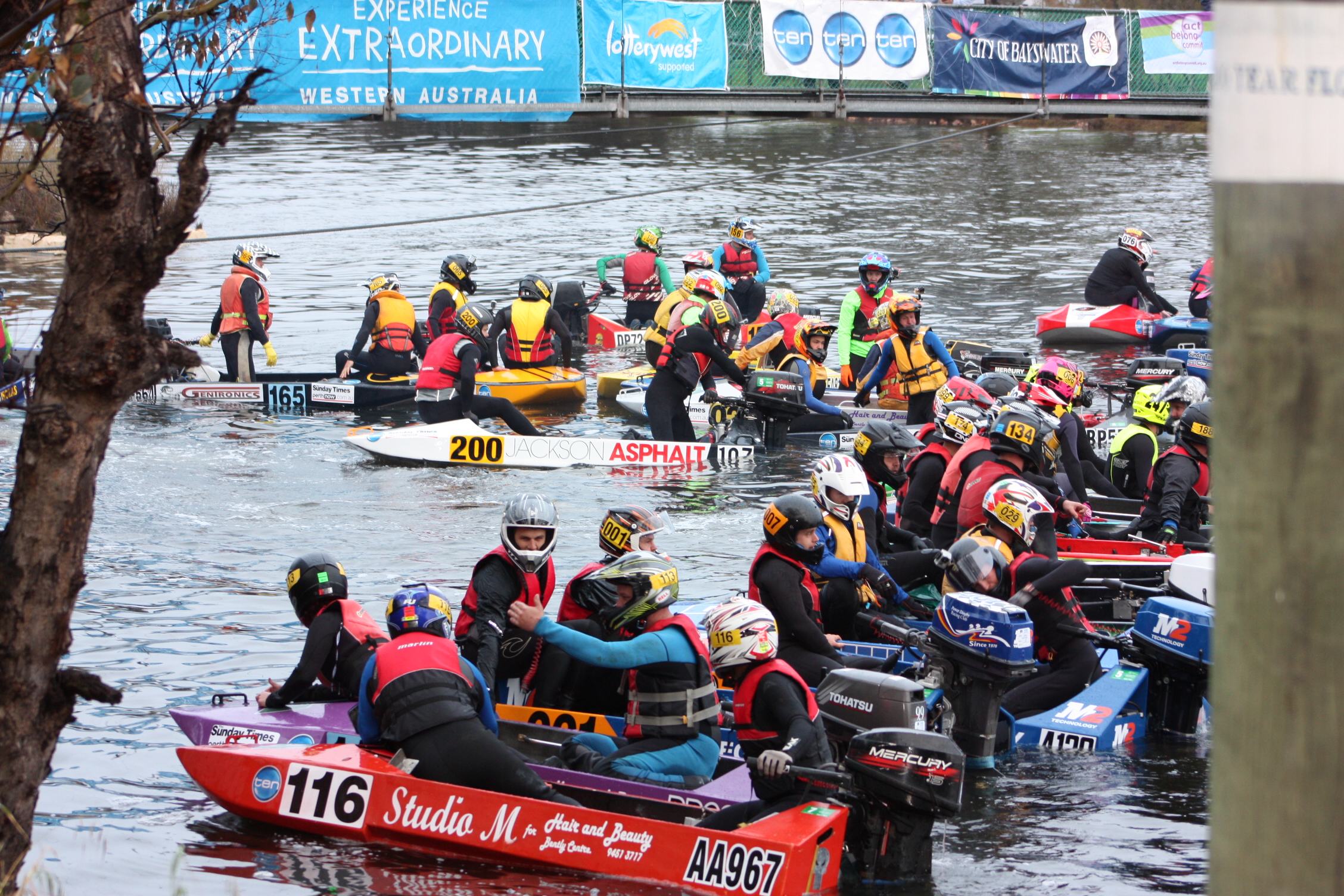It is exciting news.
We have now published the Event Rules for the Avon Descent 2017 on our website. Go to https://www.avondescent.com.au/competitors/event-rules/ and have a proper read through everything.
If you have any questions regarding the rules, please feel free to contact sports coordinator Sean Dunstan sport@avondescent.com.au.
Shortly, we will publish an article explaining the new rules and changes, which have been made.




